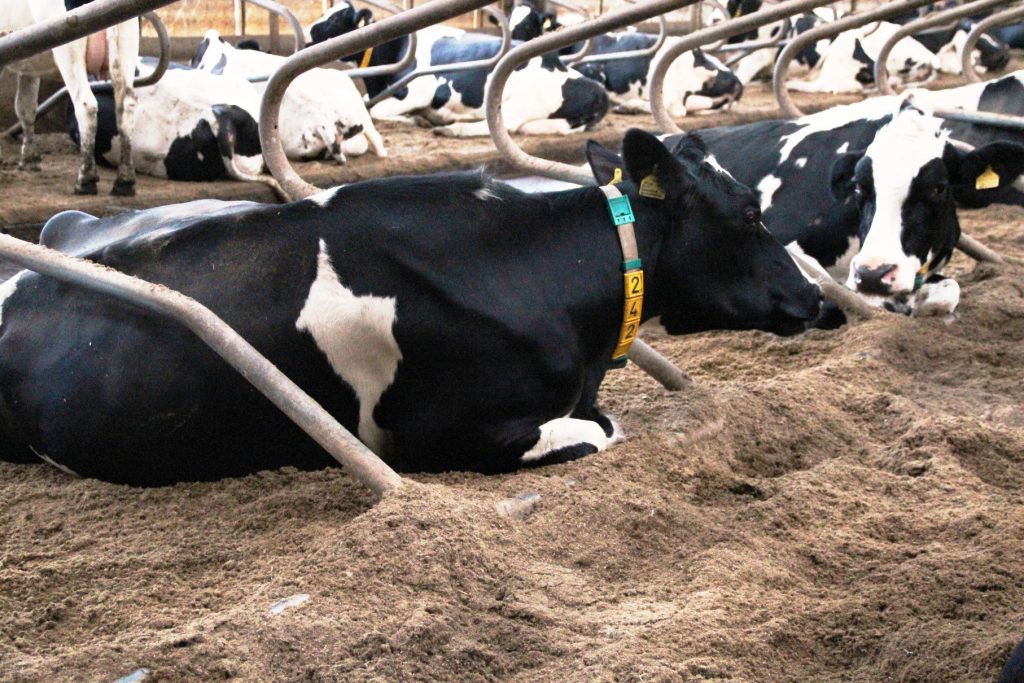New approach to protein in dairy diets
20th March 2018
Wynnstay has developed a new nutritional approach to protein formulation within dairy cow diets, which can reduce ration costs while maximising production. The AminoMatch approach offers an alternative to supplying
Wynnstay has developed a new nutritional approach to protein formulation within dairy cow diets, which can reduce ration costs while maximising production.
The AminoMatch approach offers an alternative to supplying protein purely in the form of crude protein (CP), by accurately balancing rations to provide optimum levels of amino acids.
“While it’s often the most expensive component in a dairy ration, protein is essential for milk production and it’s usually provided through supplementary concentrates fed alongside home-grown forage,” says Mark Price, Wynnstay dairy specialist.

Mark Price.
“However, there’s a misconception it needs to be provided just in the form of CP to be utilised by the cow. This typically results in excessive levels of dietary CP within rations, which not only increases the cost, it can reduce performance, in particular fertility.
“There’s also an environmental impact of overproviding CP, with excess nitrogen being excreted in urine and manure.”
Mark explains what the cow actually requires for milk production are amino acids absorbed in the small intestine.
“To maximise this, we need the rumen to produce as much microbial protein as possible, from the fermentation of carbohydrates and rumen degradable protein, along with rumen by-pass forms of protein to make up any short fall.
“Lysine and Methionine are the amino acids of particular importance to dairy production, and can be provided as protected amino acids where they are the limiting factor,” he says.
“With AminoMatch, we can accurately measure for any limiting amino acids and feed accordingly.”
“While amino acids are present in grass silage, levels vary considerably depending on the forage quality and therefore additional dietary inclusion is often required to ensure an optimum supply,” he adds.
“Conducting an amino acid profile of the overall ration will provide an overview of the levels supplied from forage, and can allow the ration to be balanced through additional supplementation.”
Wynnstay dairy specialist Iwan Vaughan, explains the silage analysis service, which they routinely conduct for their customers, has formed the foundations for AminoMatch.
“Ensuring the correct amino acid levels are provided in the diet to complement home-grown forage and maximise feed efficiency, formed the basis of the AminoMatch approach,” explains Iwan.

Iwan Vaughan.
“Following a silage analysis, we can formulate the ration using protein and energy blends to compliment the forage, and provide adequate metabolisable protein (MP) in the ration to help achieve optimum performance,” he adds.
“The aim is to improve rumen nitrogen efficiency by formulating to MP instead of CP, and improving feed margins by maximising production and reducing the total protein fed. The improvement in nitrogen efficiency will bring significant environmental benefits by reducing ammonia emission and nitrate pollution,” he adds.
“The programme can be simply incorporated into current rations and feeding systems where herds and forages are well managed. We have a number of producers using AminoMatch and are very excited about this new approach to protein nutrition,” concludes Iwan.

